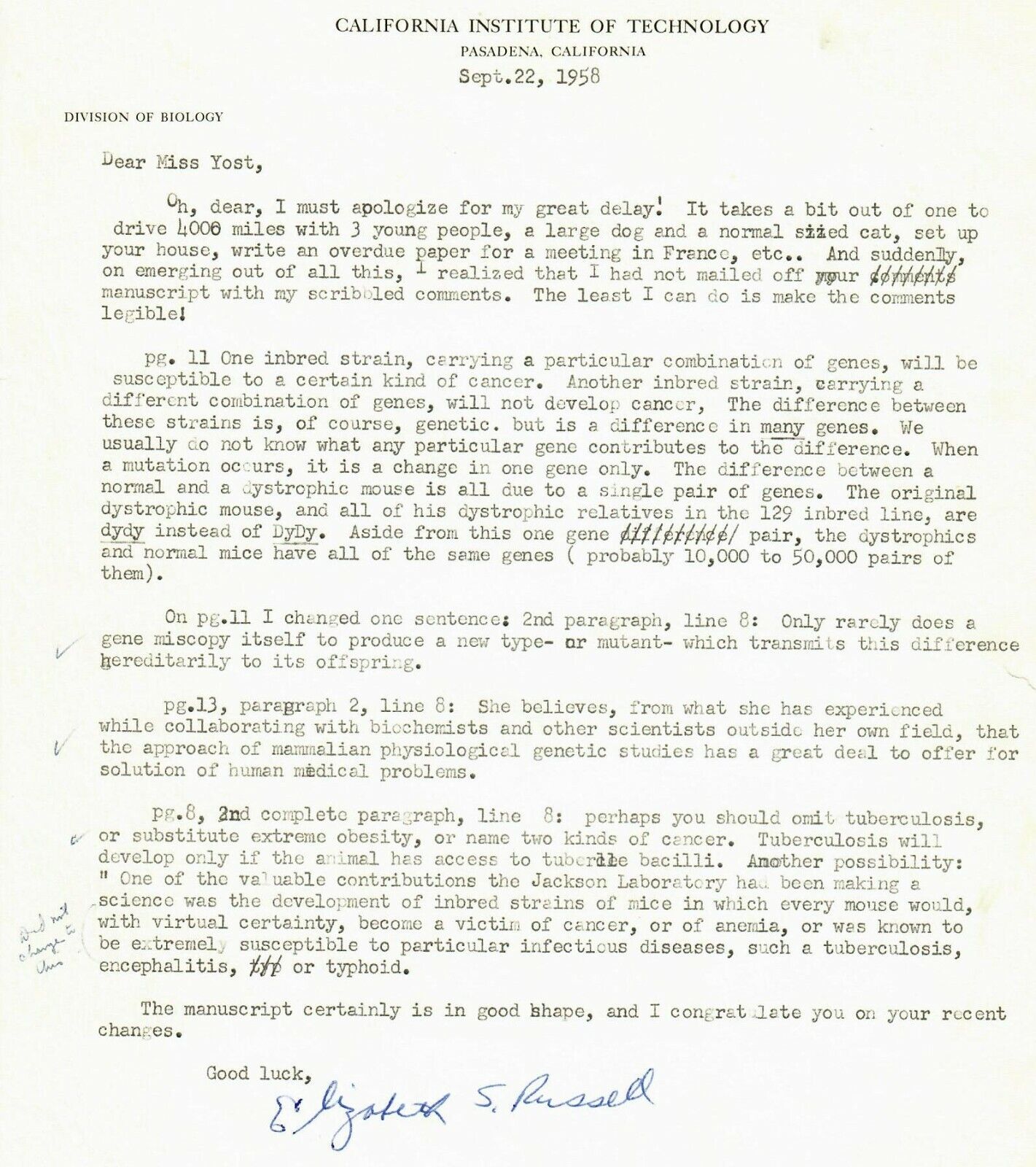-40%
"Geomorphologist" Robert P Sharp Hand Signed 4X4 Color Photo Todd Mueller COA
$ 184.79
- Description
- Size Guide
Description
Up for auction a RARE!"Geomorphologist" Robert P Sharp Hand Signed 4X4 Color Photo.
This item is certified authentic by Todd Mueller Autographs and comes with their Certificate of Authenticity.
ES-4643E
Robert Phillip Sharp
(24 June 1911 – 25 May 2004) was an American
geomorphologist
and expert on the
geological surfaces
of the
Earth
and the planet
Mars
. Sharp served as the chairman of the Division of Geological Sciences at
California Institute of Technology
(Caltech) from 1952 to 1968. He built the modern department and especially recruited new faculty in
geochemistry
,
tectonic geomorphology
,
planetary science
, and field geology. Professor Sharp specialized in
geomorphology
and published heavily in glacial terrain (the
Sierra Nevada
,
Blue Glacier
in the
Olympic Peninsula
, and
Alaska
),
Mojave Desert
terrain, and the
Ruby
-East
Humboldt Range
in north-central
Nevada
. Sharp retired in 1979 but continued leading geological field trips afterwards (with emphasis on the
Grand Canyon
geology using
rubber rafts
). Robert Sharp was a member of the United States
National Academy of Sciences
and received the
National Medal of Science
from President
George H. W. Bush
in 1989. Professor Sharp won the
Penrose Medal
from the
Geological Society of America
, its highest honor. Sharp was honored by Caltech as the first named professorship in geology: the Robert Phillip Sharp Chair in Geology. Sharp was a native son of
Oxnard, California
. He attended Caltech as an undergraduate, beginning in 1930, earning a bachelor's degree (1934) in geology, and master's degree (1935) in geology. While at Caltech, he was quarterback on the football team. He matriculated to
Harvard University
for a doctorate (1938) in geology under Professor
Kirk Bryan
. Sharp served in the
United States Army
during
World War II
as an analyst in the Arctic, Desert and Tropical Information Center and achieved the rank of
captain
. During World War II, Sharp performed extensive field work in the
Aleutian Islands
of the Alaskan Peninsula, simultaneously testing new
arctic clothing
for
soldiers
, and quietly performing
geological mapping
of several islands, which he published in the Bulletin of the Geological Society of America. Sharp was briefly an instructor in geology at the
University of Illinois at Urbana–Champaign
before World War II, then briefly an Assistant Professor of Geology at the
University of Minnesota
immediately after the war. As soon as possible, Caltech's Division Chairman Ian Campbell arranged for Sharp to return home to Caltech as a full professor in 1947. Sharp remained at Caltech for the next half-century, and was quickly promoted to the Chairman of the Division of Geological Sciences, later renamed to the Division of Geological and Planetary Sciences. While at Caltech, Sharp mentored dozens of doctoral students in field
geomorphology
; these are now working at the United States Geological Survey facility in
Menlo Park, California
and in leading geology departments throughout
North America
. Sharp became a published expert on the glacial geomorphology of the Sierra Nevada range, the Trinity Alps of northwestern California, the Olympic Peninsula of
Washington
, and
Mount Saint Elias
in the
Fairweather Range
of Alaska. In the winter season, he focused his geological field work in the Mojave Desert of
California
, with emphasis on the geomorphology of
Cima Dome
, and the sliding stones on the
Racetrack Playa
in northern
Death Valley
. Robert Phillip Sharp was an expert on the physics of blown sand and the formation of
sand dunes
in the Mojave Desert and the
Coachella Valley
. He was awarded the Kirk Bryan Award by the
Geological Society of America
for his scholarly publications on the geomorphology of sand dunes in desert terrain. Professor Sharp loved weekend field trips, and so he authored a number of field books in geology of
southern California
, published by Mountain Press. While in his sixties, Sharp continued to teach rigorous field geology to Caltech geology students during summer classes. Field geology classes were taught at
Henry Mountain
in
Utah
, where
Grove Karl Gilbert
discovered
laccoliths
. After retiring from Caltech, Sharp and his wife Jean moved their home from
Altadena
to
Santa Barbara
, where they lived for two decades in a custom-built house on Gibraltar Road overlooking the
Pacific Ocean
. Bob and Jean Sharp are survived by two adult children, Bruce Sharp and Christy Sharp.










